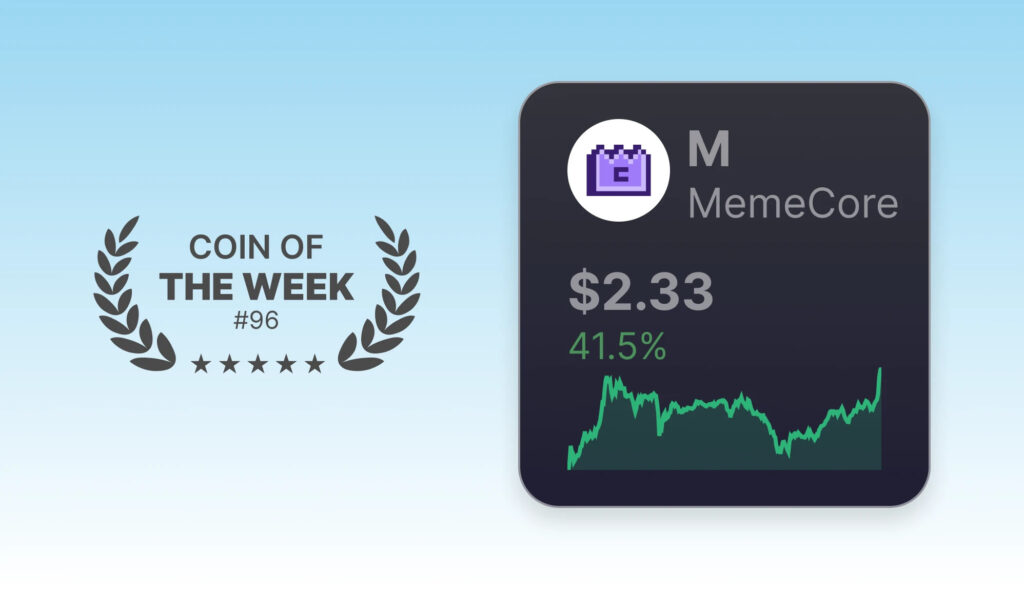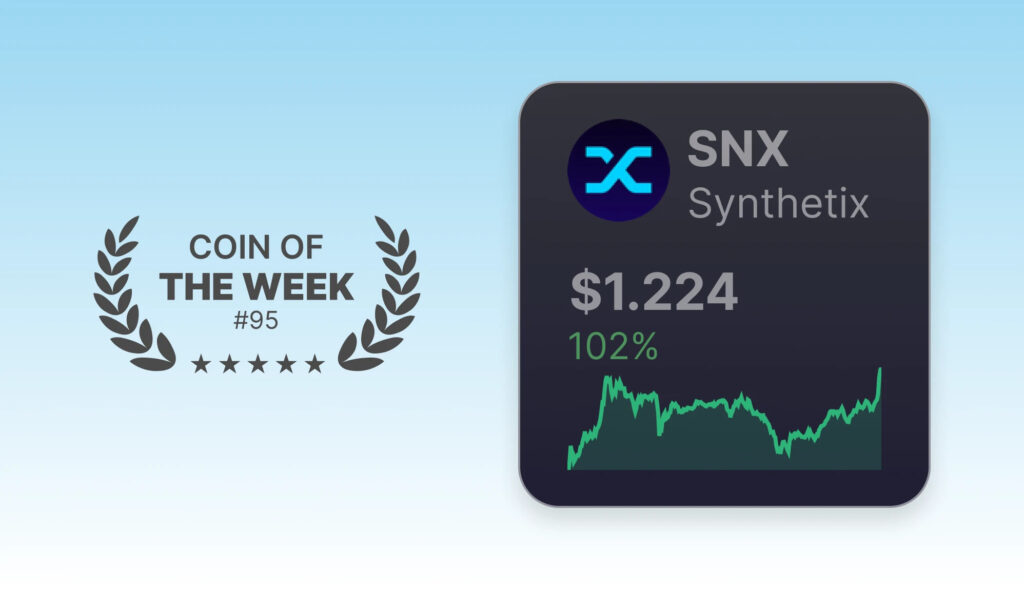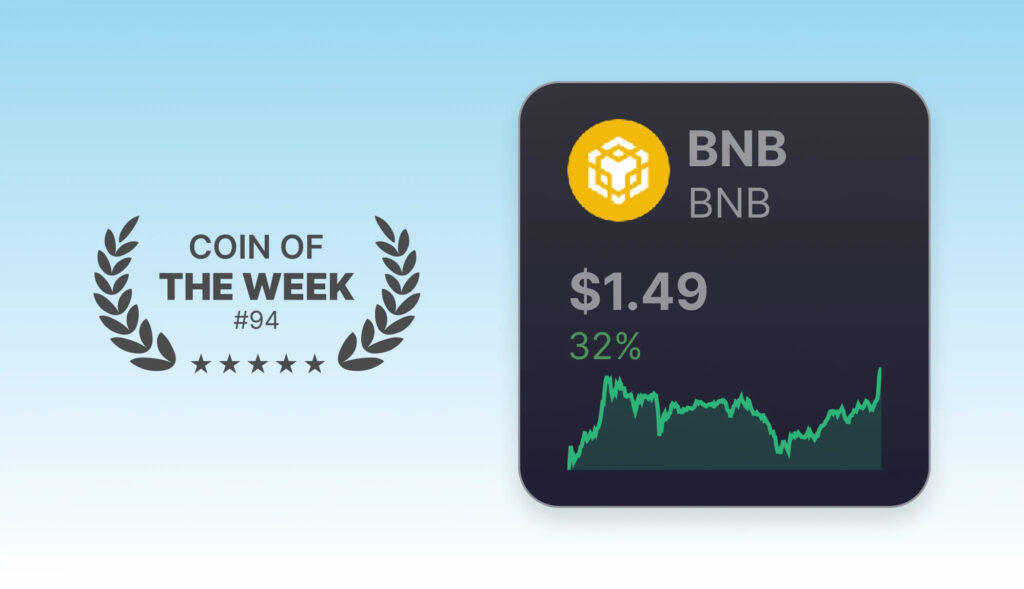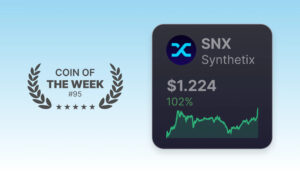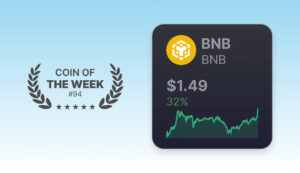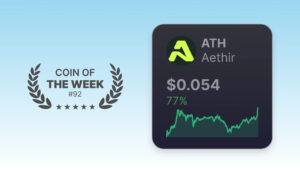Trading decentralized perpetuals has long been a space dominated by AMM-based DEXs and centralized exchanges. Aster is trying to change that by combining high leverage, cross-chain trading, yield-capital efficiency, MEV protections, and a user-friendly interface in one package. This week, we take a deep dive into ASTER, the token behind Aster’s rapid ascent in the DeFi derivatives space.
Aster was formed through the merger of Astherus and APX Finance in 2024, aligning resources to build a unified DEX platform focused on advanced trading, capital efficiency, and multi-chain interoperability.
Today, we will cover the following topics:
– About Aster
– How does Aster work?
– Key Features
– Technical Analysis
– Why is ASTER The Coin of the Week?
About Aster (ASTER)
What is Aster?
Aster is a decentralized exchange designed for traders of all levels, from retail to institutional, offering two distinct modes of operation:
Simple Mode: A clean and intuitive interface that allows users to trade perpetuals with one click. It’s optimized for speed and simplicity, while leveraging MEV protection to prevent front-running and sandwich attacks.
Pro Mode: Built for advanced traders, this mode includes full order book trading, grid strategies, and hidden orders that allow private execution without exposing trade size or price.
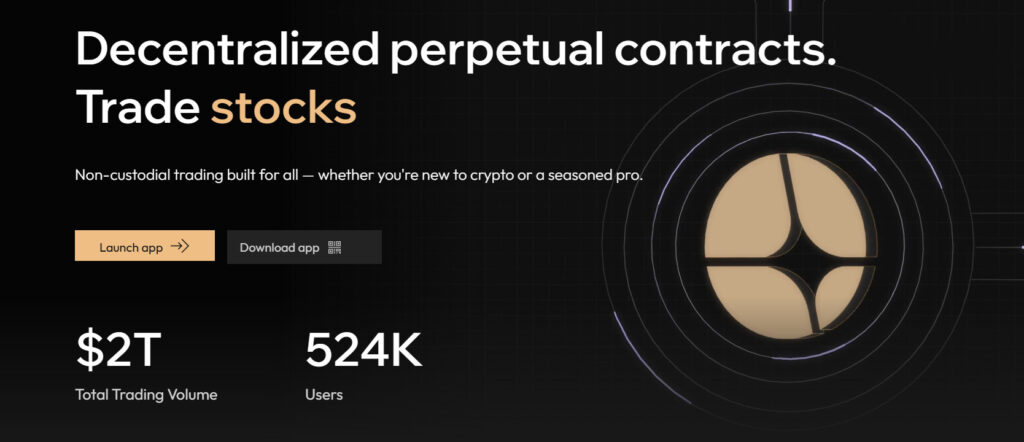
Aster’s liquidity model aggregates capital across multiple blockchains, allowing users to access cross-chain markets seamlessly without needing to bridge assets manually.
This aggregation ensures deeper liquidity, lower slippage, and more efficient price discovery across markets.
Dig deeper into ASTER whitepaper.
ASTER Token
Rewarding Node Participation
Checker Nodes, Cloud Hosts, and Edge operators earn ATH tokens based on uptime, work completed, and performance metrics.
Client Payments & Pricing
Enterprises and developers pay for compute cycles using ATH, making token demand directly proportional to usage.
Staking / Restaking & Security
ATH holders can stake or restake via integrations to help secure the network or underwrite new compute capacity.
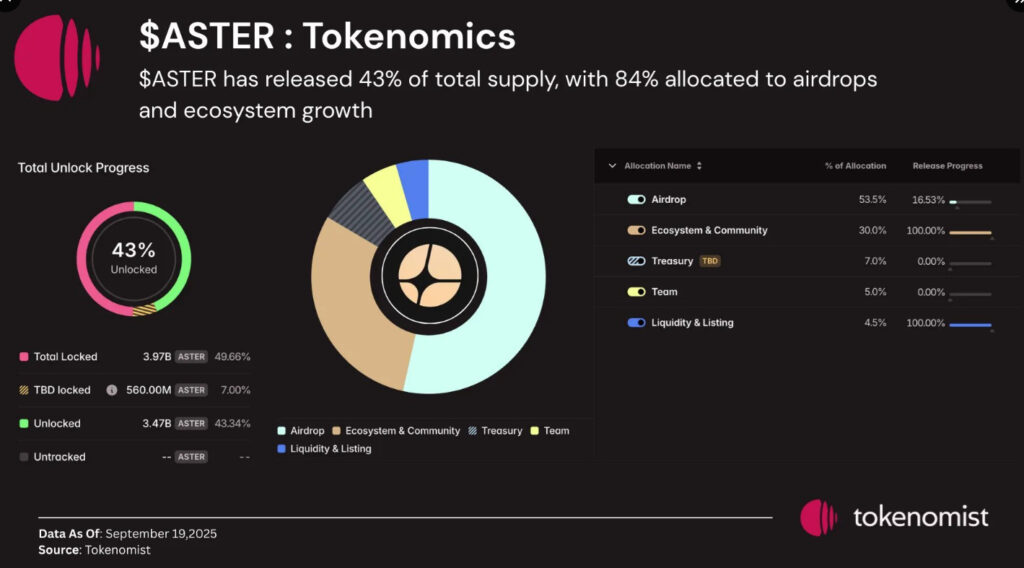
Governance
Token holders vote on upgrades, economic parameters, distribution schedules, node requirements, and integrations.
Revenue Alignment & Buybacks
A portion of fees generated by compute demand and platform usage can flow back into ATH through buybacks or reward pools, tying token holders to growth.
How does Aster work?
Collateral & Margin
Users deposit assets, including yield-bearing or liquid-staked tokens, as margin. These assets retain their underlying yield while being used for leveraged trading, enabling capital to work on multiple fronts at once.
Trading Execution
In Simple Mode, orders are executed instantly via a simplified interface, while Pro Mode gives access to an advanced order book, hidden orders, and professional execution strategies.
Liquidity Aggregation
Aster’s architecture pools liquidity from multiple chains into one unified interface. This design allows traders to execute positions across ecosystems such as Ethereum, Solana, and BNB Chain without extra steps or bridge delays.
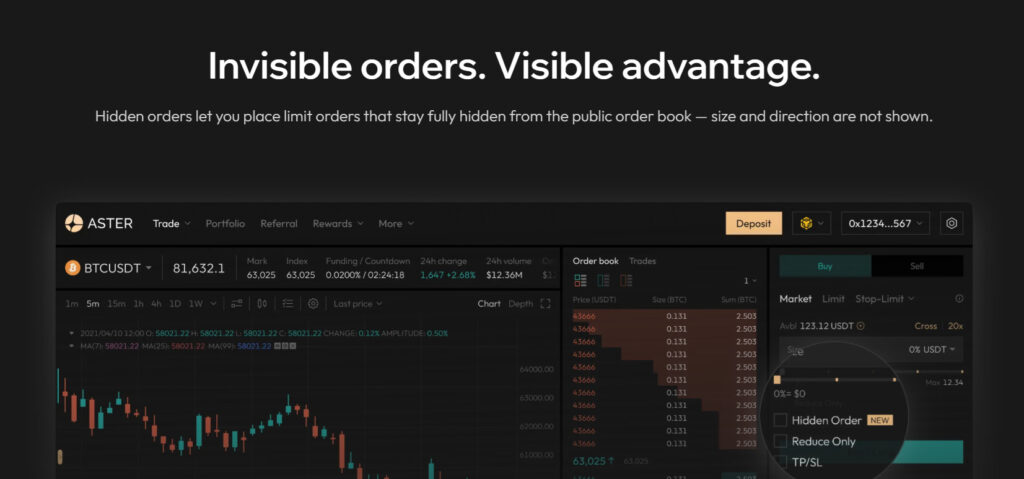
Routing & Matching
Sophisticated routing algorithms automatically source the best prices across Aster’s network, minimizing slippage and improving execution for large trades.
Staking & Buybacks
Holders can stake ASTER to earn a share of protocol revenue, while the platform uses a portion of its fees for token buybacks and ecosystem rewards, creating a feedback loop that supports long-term sustainability.
Key Features and Use Cases
Dual Trading Modes for All User Levels
Aster’s two-mode interface bridges the gap between simplicity and sophistication. Simple Mode allows one-click perpetual trading with built-in MEV protection, ensuring retail users can trade confidently without worrying about execution manipulation.
Cross-Chain Liquidity Aggregation
One of Aster’s defining strengths lies in its ability to aggregate liquidity across multiple blockchains. Instead of operating as an isolated DEX, Aster pulls together liquidity from networks such as Ethereum, Solana, Arbitrum, and BNB Chain.
Yield-Bearing Collateral Mechanism
Through its innovative Trade & Earn model, Aster allows traders to deposit yield-bearing assets, including liquid staking tokens, RWAs, or interest-generating stablecoins, as margin.
Hidden Orders and MEV Protection
Aster implements privacy-preserving order types that remain invisible to other participants until executed, effectively shielding traders from front-running, sandwich attacks, and MEV bots.
Advanced Risk and Liquidation Engine
The protocol’s real-time liquidation engine dynamically adjusts margin requirements and liquidation thresholds based on market volatility.

High Leverage with Efficient Margining
Traders can access up to 1001× leverage, supported by robust liquidation safety mechanisms and cross-margin management. The platform is designed to mimic the efficiency and responsiveness of centralized exchanges, while preserving the transparency and security of DeFi.
Integrated Staking, Buybacks, and Rewards
ASTER holders benefit from staking rewards derived from trading fees and ecosystem incentives. A portion of protocol revenue is allocated for ASTER buybacks or redistributed to long-term participants, ensuring that community members directly share in the platform’s success.
Roadmap Toward Aster Chain
The team’s next major step is the development of Aster Chain, a dedicated Layer-1 optimized for low-latency execution and privacy-preserving order flow using zero-knowledge technology. This move will allow Aster to fully decentralize its backend infrastructure while scaling beyond current multi-chain limitations.
Technical Analysis
As per our latest market outlook, the crypto market took a hit after Trump announced new tariffs on China.
ASTER also dipped sharply, finding support around the lower bound of its falling wedge pattern.
Currently, ASTER is retesting a strong structure marked in blue at $1.585.
If the $1.585 level is broken to the upside, we can expect a bullish continuation toward the upper bound of the falling wedge.
Meanwhile, as ASTER retests the lower bound of the wedge and the $1.00 round number, we’ll be looking for new long opportunities.

Why is ASTER The Coin of the Week?
Aster has positioned itself as one of the most complete decentralized exchanges in DeFi, not just through innovation, but through execution.
It delivers the experience of a centralized exchange while maintaining full on-chain transparency, advanced trading tools, and yield integration.
From a technical perspective, ASTER has been rebounding from the lower bound of its falling wedge and the $1.00 round number, making it a potential buy-the-dip setup for the next bullish impulse.
This week, we explored ASTER, the native token of Aster, a next-generation decentralized exchange revolutionizing perpetual and spot trading through high leverage, yield integration, and cross-chain liquidity. By combining a dual-mode interface for both retail and professional traders, hidden orders protected from MEV attacks, and the ability to use yield-bearing assets as collateral, Aster delivers capital-efficient, secure, and transparent trading at scale.
Thanks for tuning in to this week’s coin of the week! We appreciate your readership and enthusiasm for exploring the crypto landscape with us.
See you next week for another coin of the week! 🚀










